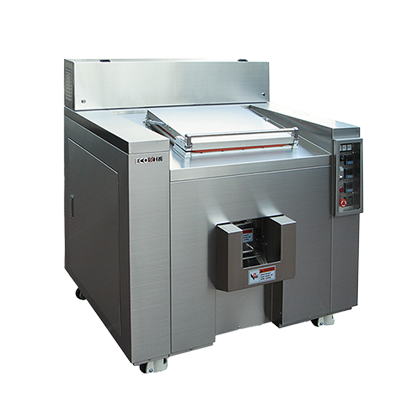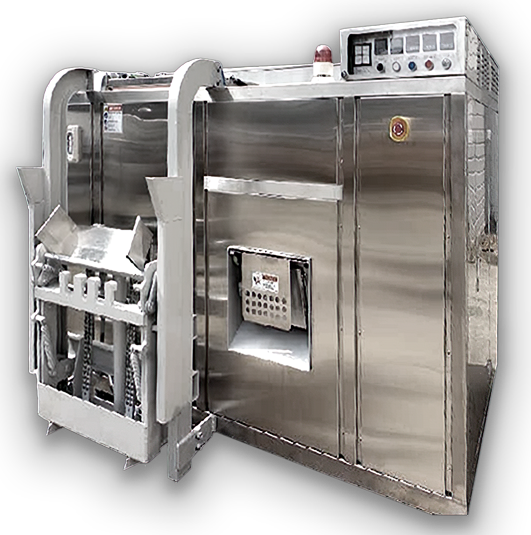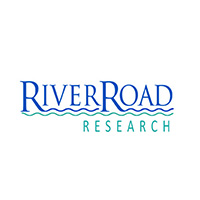“The world generates 2.01 billion tons of solid waste annually. At the current rate of waste production, the estimated annual volume will be 3.40 billion tons by 2050.”
Urban Development Series, What a Waste 2.0: A Global Snapshot of Solid Waste Management to 2050, World Bank Group.
Why Choose Owareco
OWARECO markets innovative Zero Waste solutions for large producers of organic food waste to meet their goals for sustainability and supporting the environment. We do this through cost-effective, on-site green technology solutions that reduce and convert organic food waste into reusable water and a bio-sterile soil amendment.
If your business is interested in taking the lead toward a sustainable future, reducing costs, and restoring the environment, we can help you meet your goals.
Zero Waste
Our zero-waste solutions help businesses and food service organizations meet city, state, federal and corporate diversion goals. Our products convert and reduce food and organic resources for reuse without adversely affecting land, water, or air.
Dehydration Technology
Our company provides innovative, organic waste reduction and conversion technology on-site. Our units dehydrate food and organic waste in hours and the reduction in overall volume can be as high as 90%, leaving only 10% of the original mass processed.
Biomass Output
The output product is a bio-sterile, highly concentrated organic soil amendment that can be used in landscapes and gardens or compacted for use as biofuel. The only other by-product is reclaimable water that can be used for irrigation, liquid fertilizer, or facilities operations.
The Global Challenge of Waste
Waste generation is a natural by-product of urbanization, economic development and population growth. As nations become more developed, offer more products and services in global trade and exchange, they are challenged with managing the scale of additional waste.

DUMPSTER
Sanitation: Leaching
Odors: Intense
Pests: Significant
Carbon Footprint:
Very High: Landfill
Disposal Frequency:
4-6 days a week
Expense Elements:
Costs per pick up
based on contract

COMPACTOR
Sanitation: Leaching
Odors: Intense
Pests: Significant
Carbon Footprint:
Very High: Landfill
Disposal Frequency:
2-3 days a week
Expense Elements:
Power, Rental, Per Pull,
Landfill charges per ton

FOOD ONLY
Sanitation: Leaching
Odors: Intense
Pests: Significant
Carbon Footprint:
Very High: Compost Field
Disposal Frequency:
3-4 days a week
Expense Elements:
Costs per pick up
based on contract

DIGESTOR
Sanitation: Good
Odors: None
Pests: None
Carbon Footprint:
Moderate
Disposal Frequency:
Daily in Sewer
Expense Elements:
Purchase/Lease, Power,
Water, Microbes

ECOVIM
Sanitation: Excellent
Odors: None
Pests: None
Carbon Footprint:
None
Disposal Frequency:
Daily to landscape/farm
Expense Elements:
Purchase or Lease
and Power
Owareco Benefits
Historically, waste management has been defined by waste collection, hauling, landfilling, and incineration. The conversation must pivot to sustainable waste management practices that include reduction, upcycling, and regeneration. Besides supporting green businesses and initiatives,
Owareco provides proven additional benefits to include…
Financial Benefits
Operational Benefits
Environmental Benefits
Ecovim™ Innovative Design
Owareco distributes Ecovim™ units that do not require any freshwater or chemicals to process wastes because of the high heat used to decompose the waste. In a few hours, it can convert pounds of food and organic waste into reusable sterilized by-products. Condensation extracted during the reduction process, can produce several gallons of water that can be reclaimed and used to water plants and crops. The internal filters help strain out waste odors as it dehydrates and the machine operates on 220 volts of electricity.

What our Clients & Partners are saying
“Many people are working on the problem of how to best convert food waste to the highest value product. River Road Research is one of those companies, and it came to an early realization that preserving and stabilizing food waste was a critical aspect of that eventual transformation. By employing an EcoVIM, the food waste could be dehydrated which allows it to be stored indefinitely and transported at a much lower cost. River Road Research was able to demonstrate the value of this technology in the pilot project at the Wrigley Institute of Marine Science on Catalina Island in California. By processing the waste produced by the cafeteria staff in the EcoVIM, the Institute staff were able to safely and effortlessly raise black soldier fly larvae without odors or attracting vermin or vectors for disease. The fly larvae were fed to fish and other species in aquariums at the Institute, and shared with Island staff who kept backyard laying hens to attenuate the high cost of groceries on the Island. This demonstrated the viability of a regional, circular economy and the power of the EcoVIM-River Road Research technology combination application.”
“Our Ecovim has transformed the way we handle food waste. It’s become a critical component in how we sustainably manage key resources such as waste and water at our campus on Catalina Island. The captured water is diverted toward irrigation, and the food waste byproduct is fed to Black Soldier Fly larvae which are then fed to our local chickens on the island. We love that this has brought us “full-cycle” and couldn’t have done it without Ecovim!”
“The Ecovim provides a unique food waste management solution in comparison to the the established pathways of composting and anaerobic digestion. In addition to providing a compact and simple to use on-site solution. It mitigates concerns of storing raw food waste, which can be of concern especially in urban and vermin-prone environments.”
“We saved over $2,000 a month in waste disposal because of the Ecovim.”
“This Ecovim solution was a logical fit into our sustainability efforts.”








